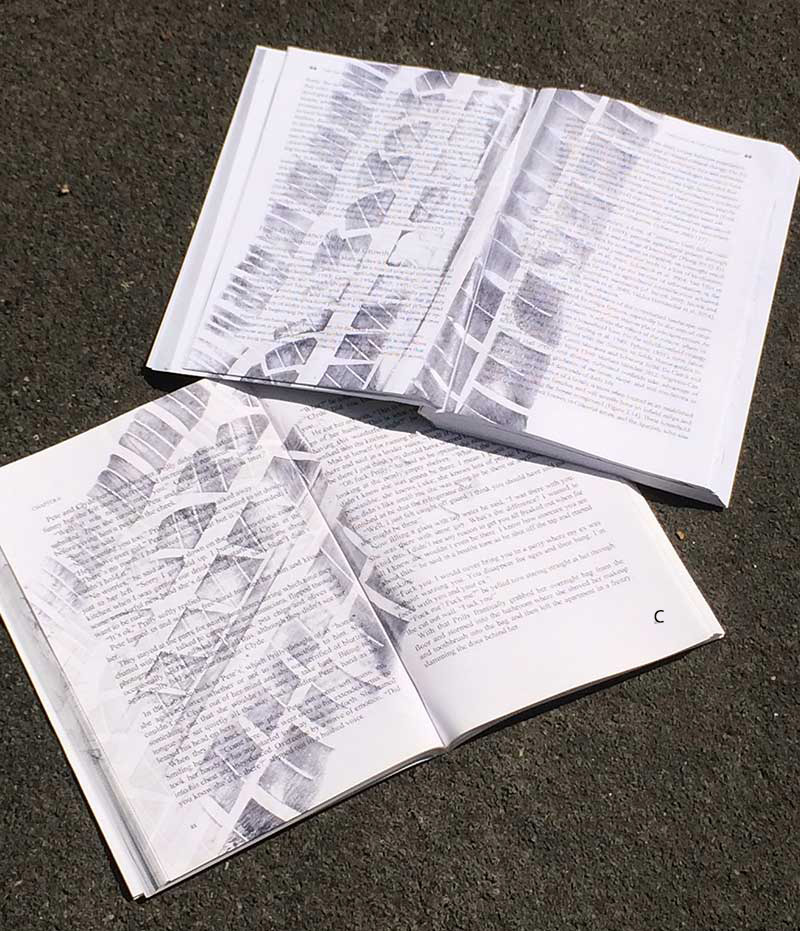


Mitch’s Blog
Efficient Apologetics
Wednesday, September 25, 2024
It would be unfair to use the stereotype of Germans as orderly and efficient to describe them. Anyone who has had to transfer planes at Frankfurt Airport will know that the universal is not universal. Yet we discovered in Germany what we might call an orderly fervor for apologizing for what their ancestors have done.
Germany has always had a sinister sound to me. Growing up in a suburban LA Jewish neighborhood a decade after the end of the war, we were reminded of Germany’s actions a decade before. My parents, who fought in and worked the home front during the war, would never consider going to Germany or buying anything German: cars, appliances, even canned goods. My first trip there, a brief stop in Munich during a college age tour of Europe, left me constantly looking back over my shoulder for my parents’ disapproving stares. Even this trip, half a century later, the fact that I was going to GERMANY had an emotional filter over it that hasn’t appeared in any other country I have visited .
Incidents of German violence are legion. I won’t even begin with the first known historical atrocity, not known much beyond scholars of classics. In the battle of Teutenborg in 9 AD, the Roman legions were bested for the first time ever by fierce German warriors who stopped the legions in their tracks and proceeded to torture, murder, or enslave the prisoners they took. The Germans don’t apologize for that one any more.
But in more recent years—spanning the greater 20th century—Germany was the world’s bad boys, starting 2 world wars, committing genocide on every Jew, Rom, gay, or political opponent they got their hands on. But that all came after the Germans had taken over large swaths of Africa, dominating and impoverishing local populations, and pillaging anything of value they could find. Then came the Soviet bloc and the Stasi secret police, the Berlin Wall, shooting anyone attempting to cross over. The threat of nuclear annihilation over Berlin was a regular theme of my childhood. Under your desk and cover your head to protect against the blast. Even after reunification, the new German state has had its struggles over the treatment of floods of immigrants from the Global South.

Our recent trip to Berlin and Leipzig, for a professional paper to be given in the latter city, showed how much the Germans have taken to apologizing. After my experiences in Poland, it was welcome to see these acknowledgements. We did not seek out specific Jewish monuments in Germany and, unlike Poland, they weren’t highlighted as tourist attractions.

The vast scatter of blocks also led to inappropriate thoughts: what a Lego set! How often do they clean off the bird shit, which appeared on some pillars? When the blocks of the memorial, built in 2003, start to fall apart, how will they repair them? Cracks already appeared in some. I also wondered if the kids wandering through the grid would break into a game of hide and seek. The design was perfect for that. I’m sure the monument designers thought the responses they generated from visitors would be more sober than mine. A set of “beware of pickpockets” signs at the edges of the memorial are equally ironic.
More impactful was the Reichstag building. The vast grounds before the building are under reconstruction, but it was impossible to see that endless staircase and not flash on the 1930s newsreels of Hitler upon these same steps exhorting his faithful to massive responses of “Sieg heil!” and those raised arms in salute. This was where the holocaust was launched.

In contrast, my neighbor Chris visited the British Museum this week and reported that the words “looting” and “repatriation” could not be found anywhere. “No remorse mentioned at all. Like…none,” Chris wrote. The British are efficiently non-apologetic.
So I return to the basic question I asked a few weeks ago as a performer in a festival in modern Auschwitz. How do we approach the children and grandchildren the agents of holocaust 75 years after the event? What is their culpability for what their great grandparents did? The reverse is found here: can we treat this very public apology to the world by the grandchildren of the masterminds of the holocaust, among other historical horrors, as making amends for murdering a mind boggling number of Jews, gays, Rom, dissidents, Africans, and looting their valuables? Will this honest, and efficient, apology prevent such an event from happening again?
Watching events in this fall’s United States and our politician’s threats to replicate some of the horrors perpetrated by Germany in the 20th century—one conservative politician even boasting himself as being a Black Nazi—makes me wonder about the efficacy of German self-abasement.
© Scholarly Roadside Service
Back to Scholarly Roadkill Blog
Scholarly Roadside Service
ABOUT
Who We Are
What We Do
SERVICES
Help Getting Your Book Published
Help Getting Published in Journals
Help with Your Academic Writing
Help Scholarly Organizations Who Publish
Help Your Professional Development Through Workshops
Help Academic Organizations with Program Development
CLIENTS
List of Clients
What They Say About Us
RESOURCES
Online Help
Important Links
Fun Stuff About Academic Life





